Amazon is using next-generation 5G wireless networks to help businesses download data from the cloud faster.
At Amazon Web Services’ annual re:Invent conference on Tuesday, AWS CEO Andy Jassy said the company is introducing a new service, called WaveLength, which puts technology from AWS “at the edge of the 5G network,” or closer to users’ devices. It has the potential to deliver single-digit millisecond latencies to users, according to Amazon.
At launch, Amazon is partnering with Verizon to incorporate WaveLength technology into parts of its wireless network. Amazon is also working with other global partners, such as Vodafone, KDDI and SK Telecom.
Lower latency is one of the big benefits that’s expected to arrive with 5G networks. This means it doesn’t take as long for devices to communicate with each other. For users, it results in fewer disruptions and shorter lag times when streaming videos, among other applications. 5G has the potential for many business-to-business applications, such as improving connectivity of IoT devices in manufacturing, self-driving, health care and other areas, in addition to consumer applications, such as faster streaming on phones.
“The connectivity and the speed is just two things,” Verizon CEO Hans Vestberg said on stage Tuesday at AWS’ re:Invent conference. “We can with 5G now bring the processing out to the edge because we have a virtualized network.”
With the partnership, AWS’ compute, storage, database and analytics tools are all “embedded” at the edge of 5G networks, Jassy said in an interview with CNBC’s Jon Fortt that aired Tuesday.
“That means now you only go from the device to the metro aggregation site, which is where the 5G tower is, where AWS is embedded there, and you get AWS,” Jassy said. “So it totally changes the response rates and the latency and what you can get done.”
Amazon is launching WaveLength at a time when excitement is ramping up around 5G networks. The technology is expected to be used more broadly by device makers, carriers and cable companies in 2020.



 Your new post is loading...
Your new post is loading...

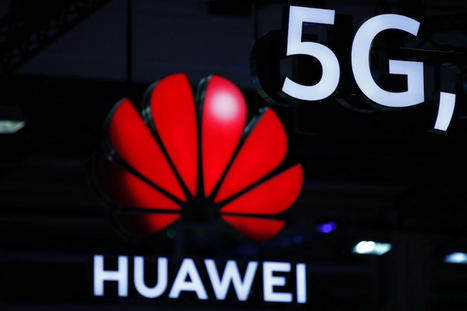

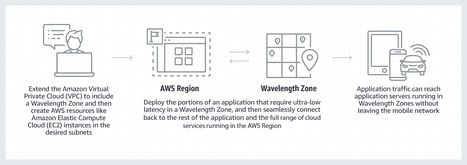


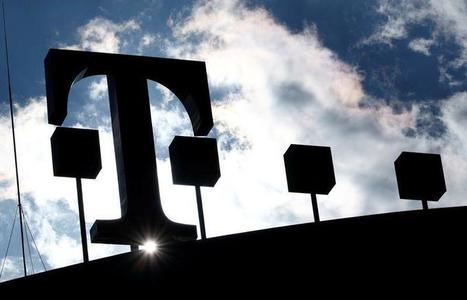
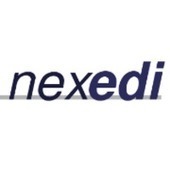
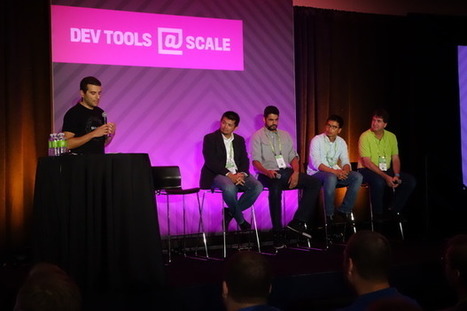






Fascinating